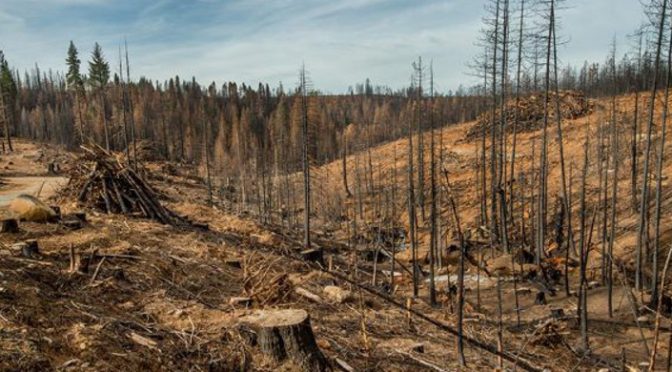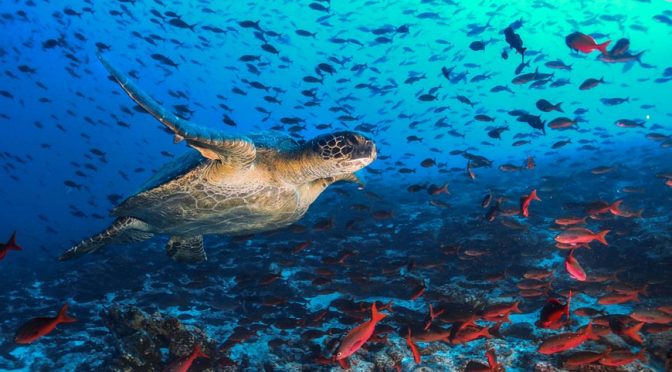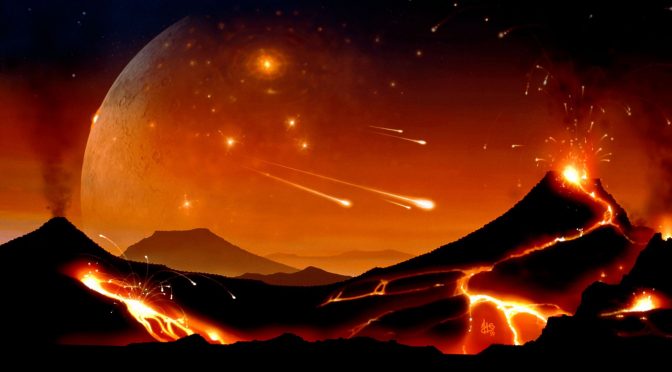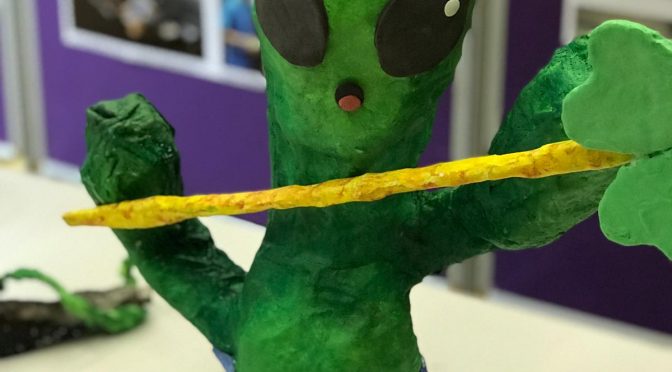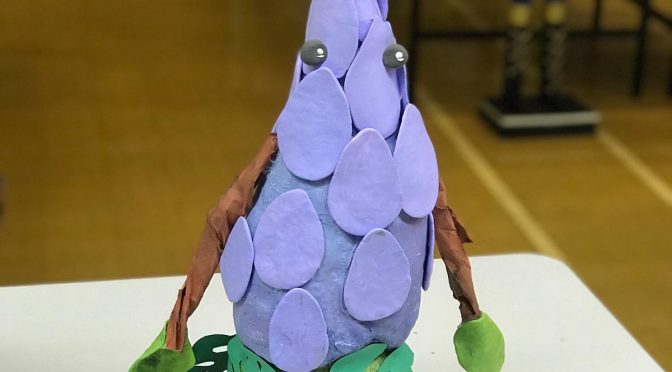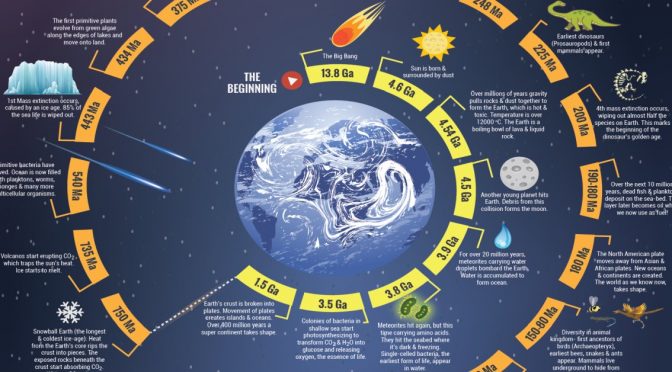
The 25 Biggest Turning Points in Earth’s History
Our planet has existed for 4.5 billion years, and it has been a busy few eons. Here are the 25 biggest milestones in Earth’s history. From leaps forward in evolution to devastating asteroid impacts, these were the turning points that shaped our world. Source of information: http://www.bbc.com/earth/bespoke/story/20150123-earths-25-biggest-turning-points/



